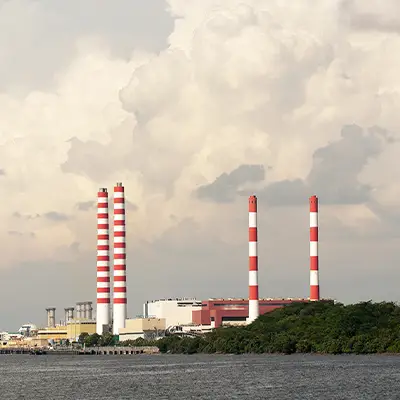More businesses will reap savings and earn rewards by lowering their energy usage during peak periods under an expanded programme by the Energy Market Authority (EMA).
For example, businesses that own battery energy storage systems (ESS) of a certain capacity can reduce the electricity they draw from the grid during peak periods by relying on their in-house batteries to run operations.
While a direct benefit of this programme is lower electricity costs and financial incentives for participating businesses, adjusting electricity demand in response to peaks will relieve stress on the grid during high-demand periods and unplanned outages.
This is especially important in the future when Singapore greens its electricity mix. Solar energy is intermittent due to cloud cover, and electricity imports can be potentially variable due to availability, market conditions, and transmission constraints.
EMA introduced this “demand flexibility” scheme through a two-year pilot in 2022, which included participants from energy-guzzling industries.
Announcing an expansion to the Demand Response programme on 21 Oct, Deputy Prime Minister Gan Kim Yong said businesses with ESS and ComfortDelGro, which has electric vehicle (EV) charging stations, will be joining the programme.
He was speaking on the first day of the annual Singapore International Energy Week at the Sands Expo and Convention Centre.
Peak electricity demand usually happens in the afternoon, when commercial and industrial activities are running at full speed. When demand is high, wholesale prices from the Singapore wholesale electricity market also rise.
Shifting electricity use to other times of the day can reduce wholesale electricity prices during peak periods as more expensive generation units need not be scheduled to run.
Between 2023 and mid-2024, the programme reaped more than S$700 million in savings for electricity buyers, which include electricity retailers, said EMA.










